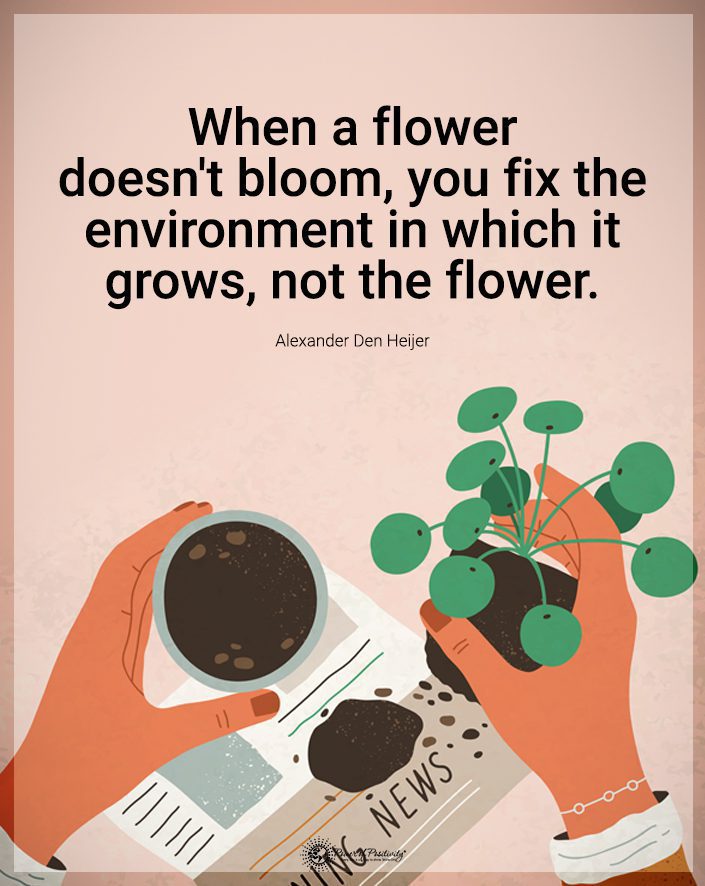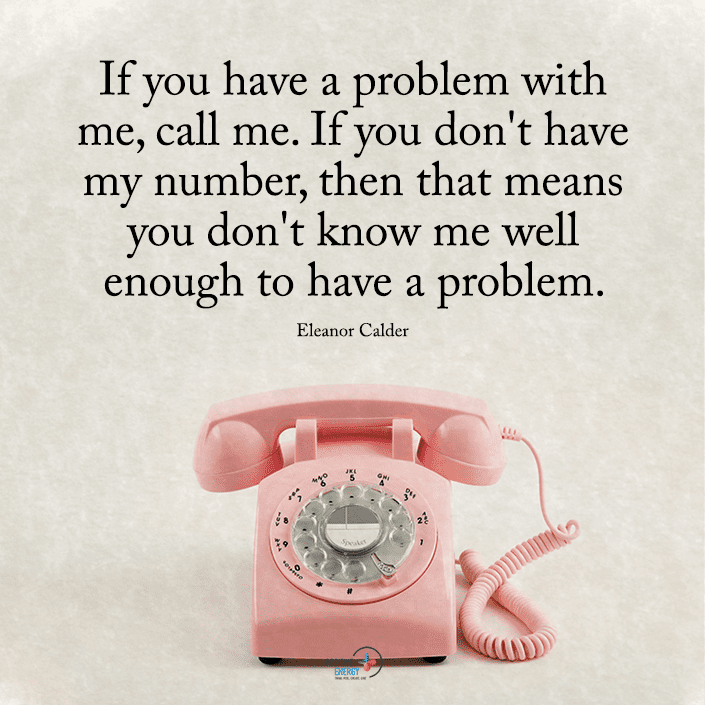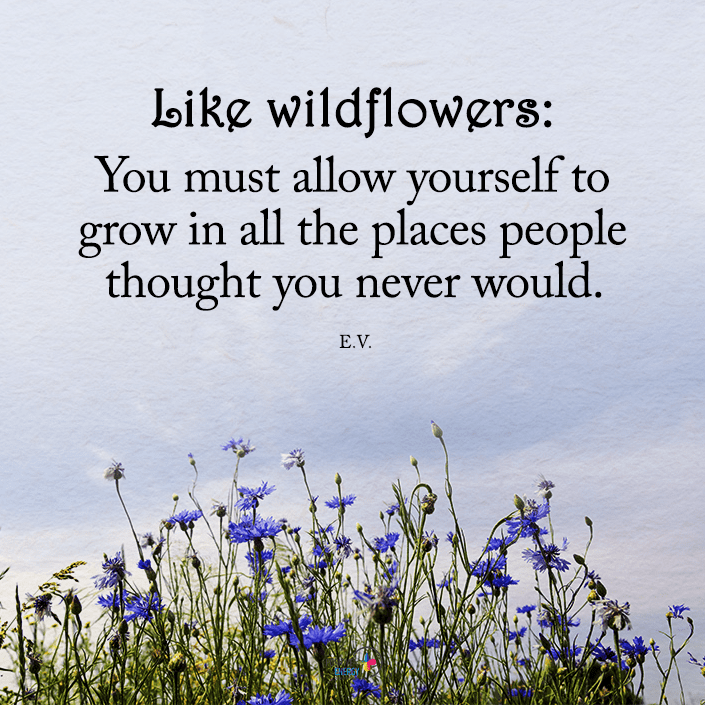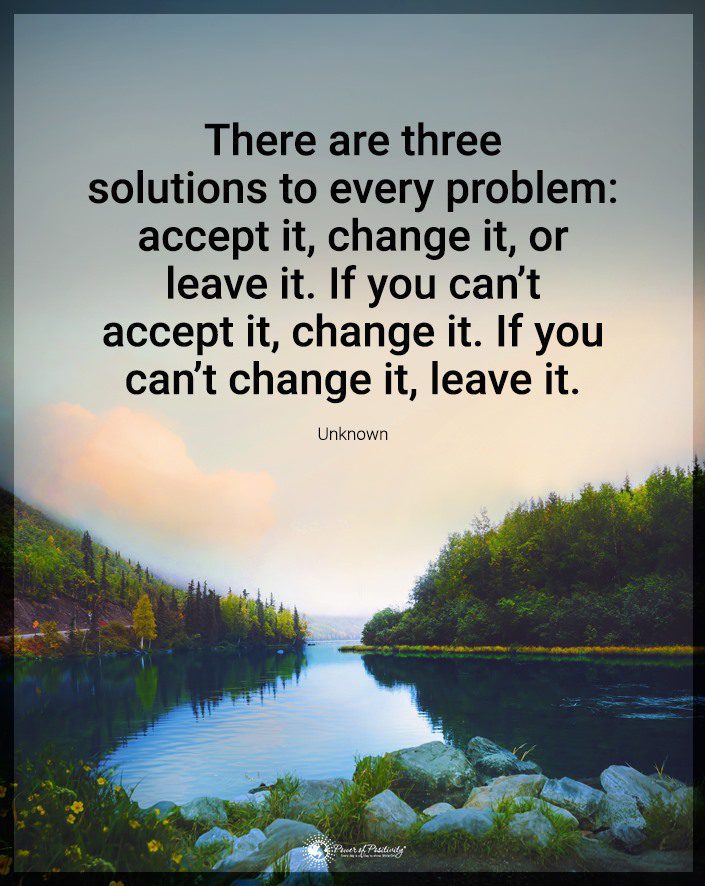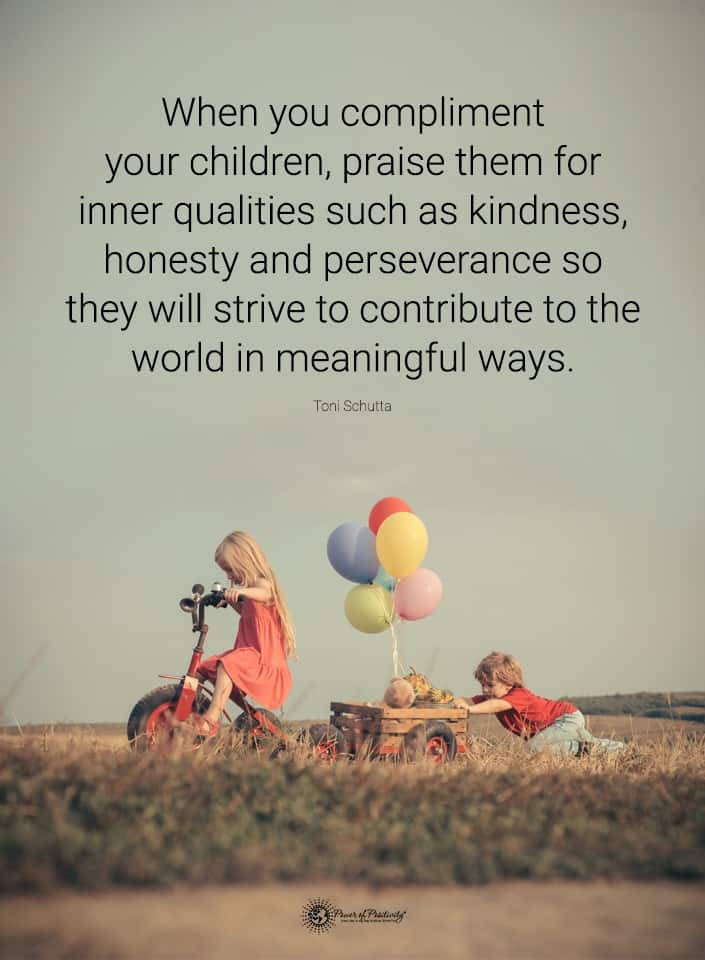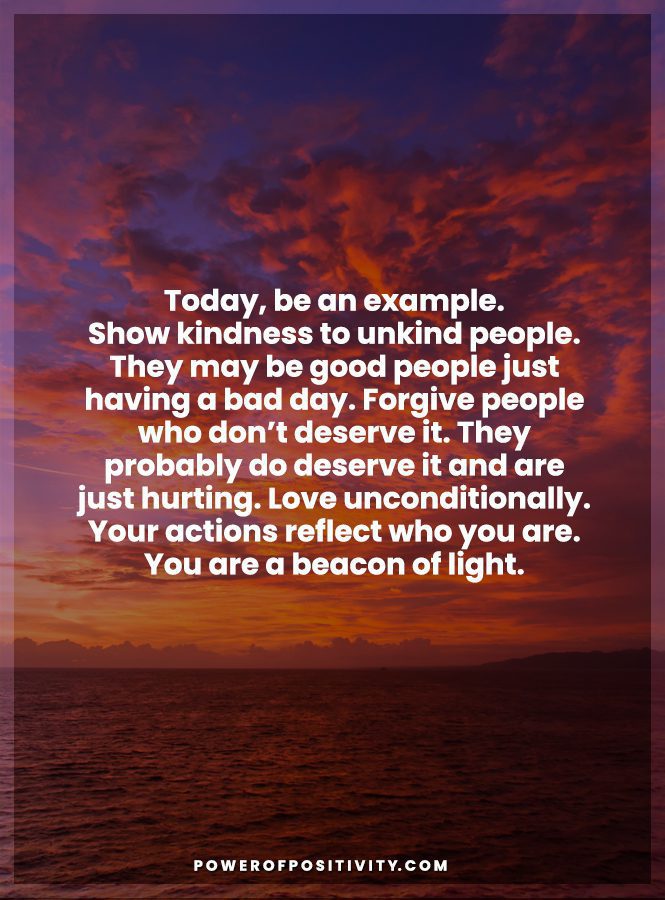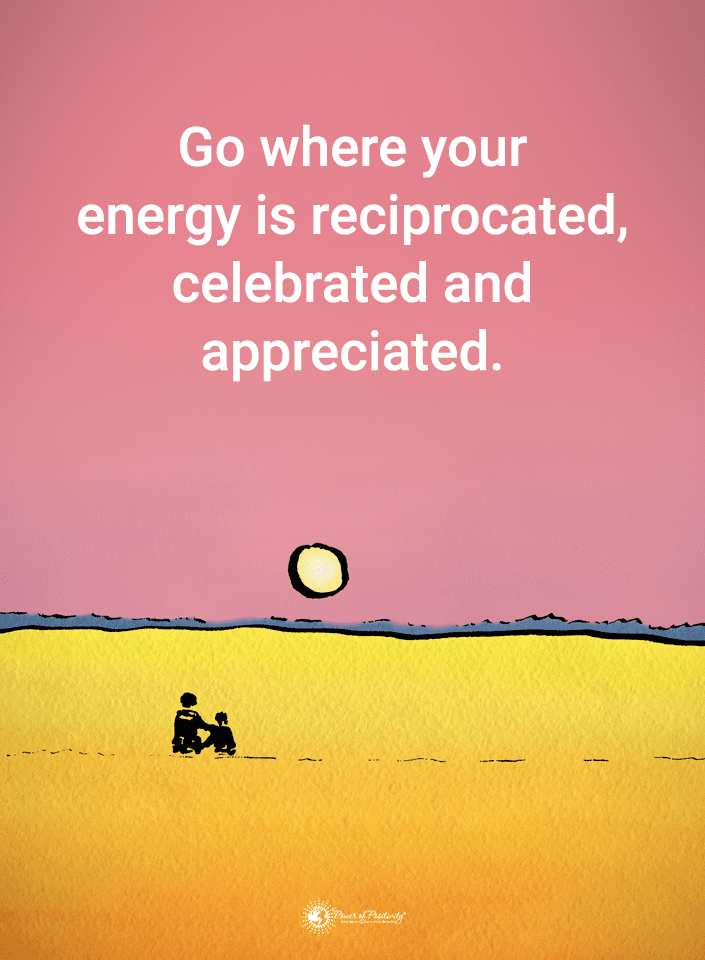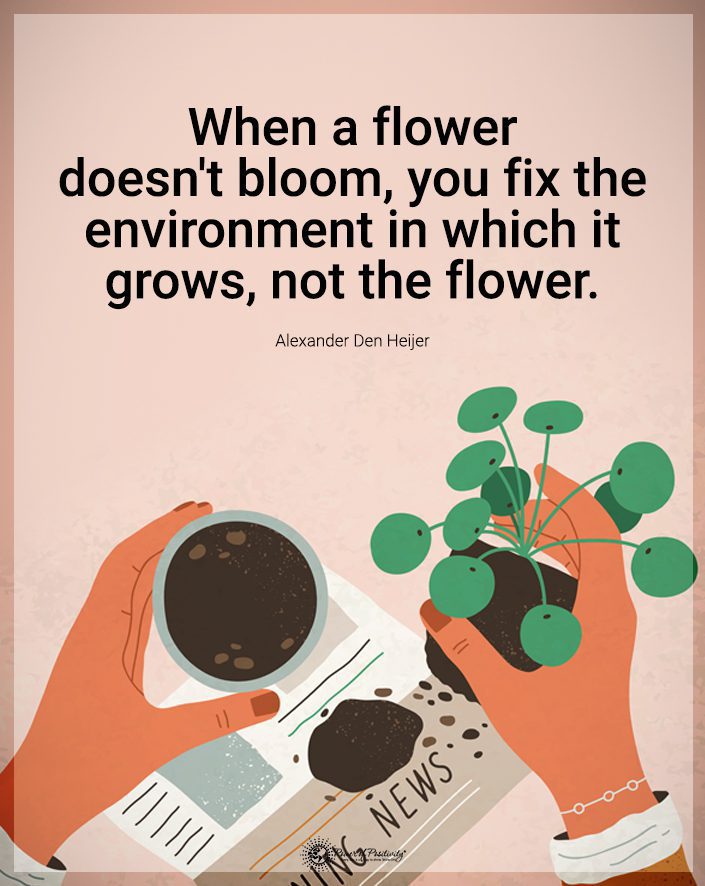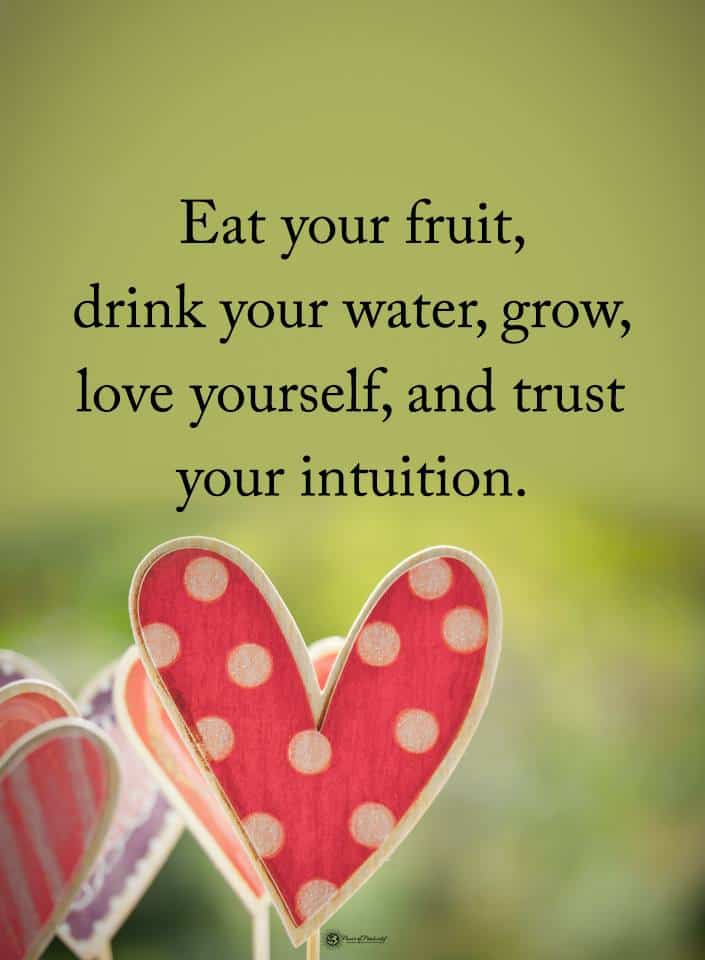Telling your boyfriend that you love him is sweet, but there are other ways to show him. It is important to tell him how you feel, but it’s also essential to do things to reveal how deep your romantic feelings are.
Many think grand gestures or gifts are the best way to show love. However, many times the small things mean much more in a romance. Simple gestures are perfect whether you’re in a new or long-term relationship.
There are plenty of ways to tell your boyfriend how you feel without saying a word. These things can help you express yourself and build a healthy, happy relationship. If you’re looking for ways to reveal love to your girlfriend, you can read it in a separate article. Women, don’t hesitate to send it to your partner as a hint, either.
Romantic Ways to Reveal Love to Your Boyfriend

1 – Help Your Boyfriend Out
When your partner needs some help, don’t hesitate to step in. If you know they dislike a specific household chore, consider stepping in and taking care of it for them as a surprise.
You can also try to anticipate his needs and resolve a problem before he realizes it’s come up. It might involve keeping a towel in the bathroom for him if you know he always forgets his. Simple romantic gestures to help him out will mean so much to him, and they don’t take much time on your end.
2 – Support Him
When your boyfriend strives for something they’re passionate about, you must be their biggest supporter. Encourage them to go after their aspirations and help them if you can. Don’t push yourself into their journey but let them know you’re there if they need you.
If you have a skill they could use, let them know. Or, you can be a sounding board for them to bounce ideas off.
Encouraging and supporting your boyfriend shows him that you want him to succeed. It also shows that you care about his happiness.
You should also support him through hard times. When your partner worries about something, ask without waiting for them to bring it up. As he talks about it, give him space to vent without getting preachy or offering unsolicited advice.
3 – Do Something Kind for Your Boyfriend
Doing kind things for your boyfriend without him having to ask will reveal your love. You can pick up his favorite snack, make his favorite dinner, bring him breakfast in bed, or leave him a thoughtful surprise.
Kind gestures will make him smile and show how much he means to you. It also proves that you know him well, remembering his favorite things.
4 – Make Time for Him
Spending quality time with your boyfriend is best to show him how you feel. If It’s been a while since you had alone time together, make it a priority despite how busy you might be. It sometimes involves skipping other things you’re interested in, but showing your love will be worth it.
Skipping things doesn’t mean you can’t do what you enjoy without your partner. Make time for those things, but don’t put your partner last and make him feel unwanted. You can also include him in your plans sometimes, allowing him to be involved in your life and interests.
You can find ways to make time for your boyfriend when life gets busy. Consider meeting up on your lunch break, stopping by his work, or commuting together. You can fit these things into a busy schedule, giving you time together despite anything else.
5 – Celebrate Who They Are
Making someone feel accepted and appreciated for who they are can show them that you care. It makes them feel understood, cherished, and safe. They’ll let their guard down and be themselves, knowing they’re in a safe space with you.
Tell him you love his quirks and make him feel better about his insecurities. You fell in love with him, so cherish every part of who he is.
6 – Give Your Full Attention While Listening
There’s a difference between hearing someone talk and listening to them. Listening to understand requires giving the person your full attention.
Pay attention, ask questions, and participate when your partner talks. Showing your partner that you care about them enough to listen and understand benefits the relationship.
Giving your full attention also helps you see your boyfriend’s body language to reveal more about their feelings. Put your phone down, close your laptop, and stop thinking about your problems. Listening to your partner is essential and meaningful and will likely mean more to him than anything else.
7 – It’s Romantic to Engage in Physical Contact
Loving and playful touching can remind your partner that you love him and strengthens affection. Hold his hand, hug, or cuddle to show him how you feel. Research shows that positive physical contact helps you stay calm, promoting safety and security.
8 – Spend Time with the People He Cares About
Your boyfriend had people in his life before you dated him. He wants his significant other to get to know those he cares about.
Accept invitations to spend time with his friends and family, and it’ll show him you want to be part of his life. It also shows that you’re falling in love as you embrace the people who know him best.

9 – Surprise Them with Fun Activities
Spontaneity brings excitement to a relationship, and surprising your partner deepens your connection. They’ll be excited when you surprise them with fun activities.
Consider tickets to see their favorite team or band, a visit to a special exhibit, or a long-weekend getaway. Your surprises can be fun or romantic, and either way will mean so much to your boyfriend.
10 – Ask About Their Life
When you ask your partner how they’re doing, be specific. Ask how their recent project is going or how they like their new job. You can also ask if they resolved an issue they were worried about or anything else that’s going on.
Asking a specific question shows that you care about them and their life. It also shows that you want to be part of their daily routine and have deep feelings for them.
11 – Show Public Affection (in a Tasteful, Romantic Way)
Public displays of affection don’t have to be over-the-top and make people uncomfortable. Holding your partner’s hand or giving them a little kiss are good options that show your partner you care.
Making public gestures ensures you don’t care who knows about your romance. It can reassure your partner that you’re committed to and love them.
12 – Send Random Messages or Leave a Note
Sending random messages to your boyfriend throughout the day shows him that you’re thinking of him. It’s a sweet way to reveal your love and only takes a few seconds. Don’t bombard him with messages; a funny GIF, cute emoji, or sweet message will make him smile.
Leaving a love note is sweet, too. Handwritten notes aren’t as common as they used to be and can be incredibly romantic. It shows that you fall in love as you think about them often.
Leave a cute note on your boyfriend’s pillow or somewhere else you know he’ll see it. It’ll be a nice surprise that makes his day and shows how you feel about him.
13 – Ask for Advice
You might not need his advice, but it’ll make him feel good if you ask. It shows that you value him and his opinion and want him involved in what you’re doing. Your desire to have him involved reveals your deep feelings.
14 – Take Care of Yourself and Encourage Your Boyfriend to do the Same
Taking care of yourself might sound selfish, but it’s not. It shows him that you want to be around to share life with him and don’t want him to experience grief from losing you.
Finding ways to reduce stress, improving your diet, and exercising regularly are essential to maintaining your health and well-being. Take time to pamper yourself because you must focus on yourself sometimes.
You can encourage your boyfriend to care for himself when you do the same for yourself. It’s hard to encourage him to do what he needs when you won’t take your advice. Suggest that he takes a day to relax and enjoy his hobbies or sleep in and relax for the day. He needs alone time to decompress and won’t always tell you.
15 – Show Appreciation and Tell Your Boyfriend What Makes Him Amazing
Telling your partner that you appreciate them can help you reveal your love. Be specific and tell him what you love about him and what makes him special. It’s also meaningful when you talk about your appreciation for him in front of others.
Your appreciation, praise, and compliments will help him see the positive things that make him different than others. It can also help him feel special, having a strong positive impact on your romance.
Final Thoughts on Hopelessly Romantic Ways to Reveal Love to Your Boyfriend
You have many options for revealing your love to your boyfriend. Telling him you love him is meaningful, but you must show him how you feel. Men need affection, and they want to know their partner loves them.
These ways to show your feelings can make all the difference in your relationship. It’ll strengthen your bond and build intimacy, allowing you to embrace a healthy romance.



